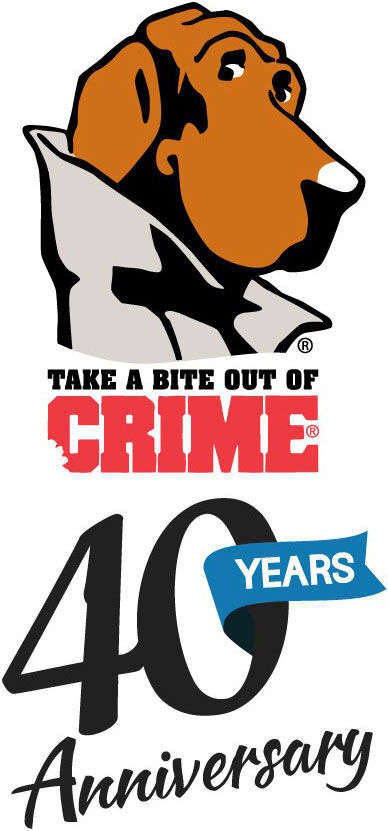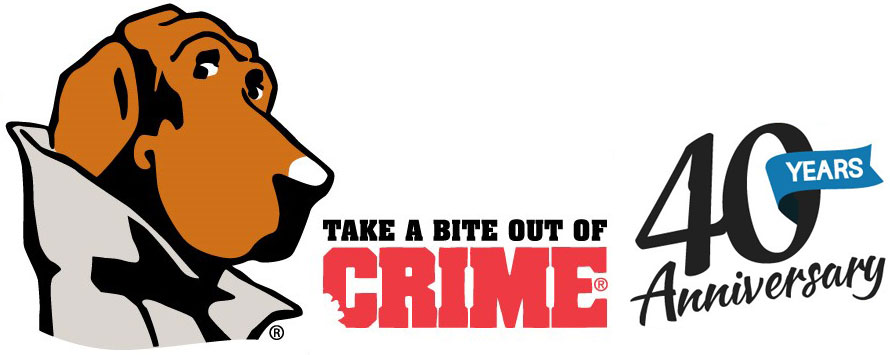Strategy
Neighborhoods can reduce drug-related activity through youth-led community service projects that make their communities less vulnerable and hospitable to drug dealers.
Community Problem Addressed
Some communities are perfect hideaways for drug dealers and users. The lighting is poor, the streets permit speeding and traffic patterns that enable quick get-aways, signs are in disrepair, and there are no sidewalks for residents. Often this leads to community apathy. Getting youth involved in community service projects, such as cleaning up the neighborhood, is a way to persuade other residents to become more involved in the community.
Key Components
Concerned groups from local government, law enforcement, and local businesses work together to create community service programs for neighborhood youth. Youth help clean up their own crime-ridden communities through projects like planting trees and clearing out hiding spaces such as vacant lots or alleys. They are supervised by local private or public youth-related agencies, while funding for supplies is provided by government agencies and local businesses.
Key Partnerships
Youth-led community service and clean-up projects require a partnership that includes government leaders and planning staff, police, community groups, and concerned government agencies like the departments of health or juvenile justice. Government and law enforcement groups share information about criminal activity in the area and work together to administer the program. Private agencies and such volunteer-led community groups as Americorps give in-kind donations for supplies and generate community support for youth involvement in the program.
Potential Obstacles
It may be difficult to interest adult residents in community clean-ups and related service projects. Making small improvements gradually, beginning with the children of the community, and showing residents how clean-ups can improve the quality of life of the community will build support. Attaining funding for the program may also be a problem. Appealing to local businesses for donations and applying for grants to private organizations are possible methods of attaining funding for supplies and materials to promote the local initiatives.
Examples of Success and Results
In 1996, the state of Maryland began the HotSpots program. It is administered on the county level, and the mission of each county’s HotSpots program is to identify the “hotspots” in the community and work to make these communities safer places to live.
In 1998, “hotspot” Cecil County initiated a summer program in Winingbrook, a community of 700 homes, that worked to deter crime and get drug dealers off the streets. A crew of six neighborhood children were paid to work for most of the day planting trees and flowers, mowing grass, clearing brush, and cleaning out hiding places for drugs, with the remaining two hours of the day devoted to classes in which they learned things like interviewing skills.
The Cecil County, Maryland, Department of Juvenile Justice directly administered the program with cooperation from the local police department. The state of Maryland provided $1,000 for safety equipment like goggles and safety boots and the youths’ salaries, while Susquehanna Private Industry and Cecil County Public Works contributed in-kind donations for the actual clean-up work.
The residents reacted very positively to seeing community children work to improve the neighborhood; they became less apathetic and felt increased community pride, even helping monitor the area. According to Juvenile Counselor Theresa Smith, who directly supervised the program, prior to the clean-up perhaps five residents might come out of their homes on an average night; afterwards, it increased to 25 neighbors a night. Residents also supplement Department of Juvenile Justice and police patrols of the area. Creating this interaction among members of the community increases communication and reduces apathy, investing residents in the success of the neighborhood. Increasing the visibility of residents also deters drug dealers from loitering.
The program also resulted improved in communication among the Department of Juvenile Justice, the police department, and local residents, diminishing drug dealing in the community. Officer patrols have also decreased loitering by drug dealers. The HotSpots program tripled in size in 1999, and Cecil County’s approach has been used in additional communities throughout Maryland.


